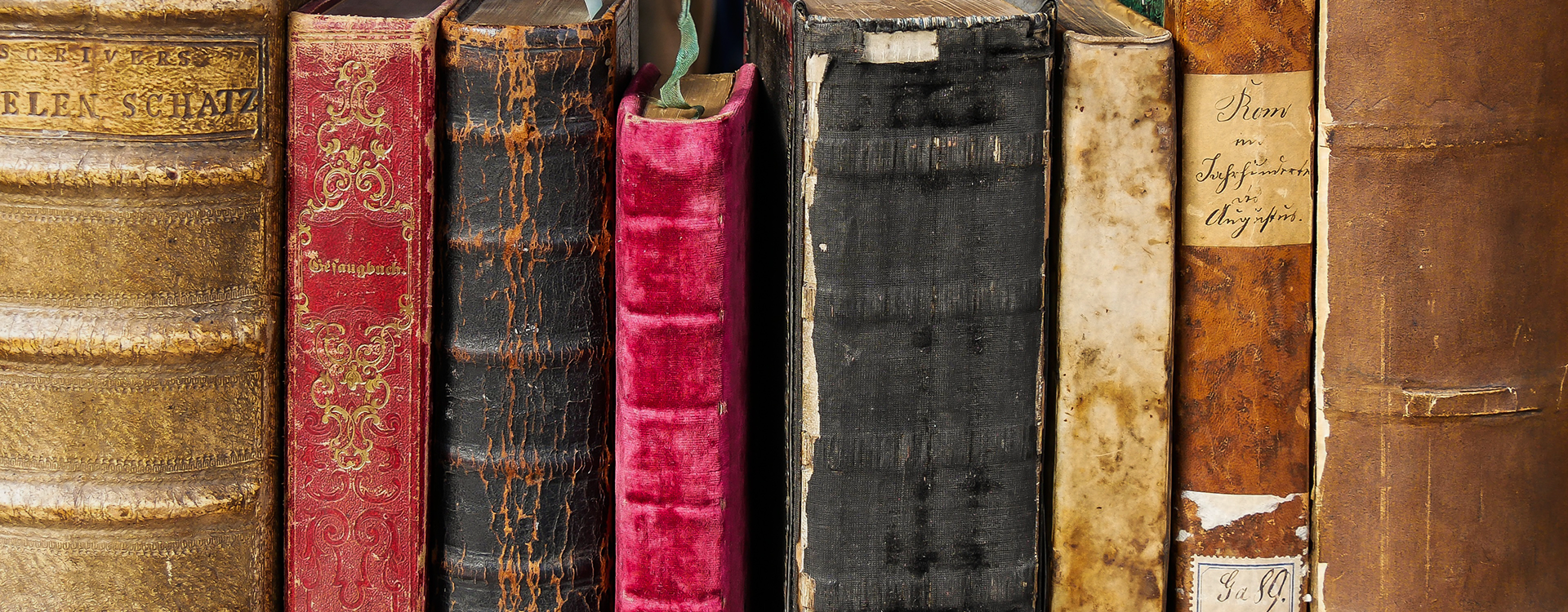Yulemtan
Isn't it incredible? When I was born, so few people spoke this language. But only a few decades later, we have full fledged native speakers. Any small part I can play in bringing this beautiful language to more people will be an honour.Yulemtan, known internally as Garanya, is the language of the Yulemto people of northern Abravost. While the language was nearly extinct due to centuries of deliberate destruction by The Vosti Empire, it was revitalised in the mid 300s AC and is now frequently spoken in the Yulemta Islands.
History
Yulemtan's direct ancestor is a form of Garanya spoken in Dyiiladuun, an ancient country in Thurásin. Many of Garanya's speakers fled the country's destruction across the sea, arriving in the Yulemta Islands north of Abravost. Even once these later-called Yulemto began contact with the nearby native Telziado people around late 700s BC, their language remained firmly in use. The slow fall of Yulemtan began with the Vosti Conquest, which reached the islands in the 500s BC and sought to crush local culture and rebellion by forcing Vosti values on the populace. This, naturally, included the introduction of the Vostan, which became widely spoken as necessity. Yulemtans near eradication came following The Collision, which devastated the Yulemta Islands and forced them to rely more on the mainland for many things, inviting further imperial oversight. By the late 200s AC, only a handful of rural speakers on the smaller islands still spoke fluently, and desperate efforts were being made to record the language in case it ceased to exist. In this endeavour the Skarhans, themselves a people group who had lost their native language in the conquest, proved very helpful, spiriting important Yulemtan writing out of the Empire to prevent them being destroyed. When the Islands changed hands from the Empire to the Republic of Skarhu in 332 AC, the locals were provided autonomy and promised the return of their historical items, which were now safe. With their return, work began to bring Yulemtan back into common usage. This involved a large collaboration between the Yulemto, Skarhans, Lialpumpámtii and Telziado, committing many of their best linguists and translators to restore Yulemtan. The 350s were a huge leap in education, as young children began being taught Yulemtan in schools and adults were given multiple opportunities to learn, with some of the first 'new' native speakers being born in 359. Today, Yulemtan is thriving, and is one of two official languages of the Yulemta Islands, and by proxy the Republic of Skarhu. Many Yulemtan speakers are bilingual, still being fluent in Vostan due to its prevalence in Skarhu and the nearby Kingdom of Telziad.Changes
Due to the centuries of decline and neglect, as well as the aid of non-Yulemtan speakers in revitalising the language, some changes have occurred within the language. The most notable is the changes relating to the digraph 'Dy'. Originally, and still in some dialects, this sound was a /ɟ/. The Telziado, who do not have this sound, approximated it in the 700s as as a /dʲ/ or /dy/, which spread in areas with strong Telziado influence. Finally during the revitalisation process, speakers of Elven approximated this to a /d͡ʒ/. The three sounds exist as allophones, varying somewhat by region and how frequently the speaker interacts with Elven speakers. In a similar vein, Yulemtan does not natively possess a fricative sound, like an /f/ or /s/. While it has replaced fricatives in loan words or kept the fricatives as a loan word exclusive, modern Yulemtan now includes two as standard - /z/ and /h/. These sounds are still infrequent, but have occurred in recently coined words that do not explicitly derive from Elven or Vostan terms. This is largely a result of Vostan influence, due to its many fricatives.
Root Languages
Spoken by
Garanya Connection
Due to having been separated for over 1000 years, Yulemtan and its parent/cousin language Garanya are now quite distinct. With any other set of divergent languages, this might spell doom for any form of mutual intelligibility. However, the Dyiiladuunawa who speak Garanya are very reverent of history, and possess incredible records of the form spoken at the time of the split, in 28 Continuance. As such, a sufficiently educated Dyiiladuunawa historian of translator can understand significant portions of Yulemtan, owing to its halted development under the Vosti. This fact was incredibly important for the survivors of the Dyiiladuun fleet, which was shipwrecked off the coast of Thurásin in 386 AC. One of the three survivors, Dyaba Ladura, once brought before a Dyiiladuunawa elder, was able to converse with only a lot of difficulty, rather than it being totally impossible. With the shared basis of their languages, and Dyaba's occupation as an archivist, serviceable translation between the two languages became possible within just a few years, allowing the two groups access to fascinating 'new' knowledge.
Old Open Book by congerdesign




Comments